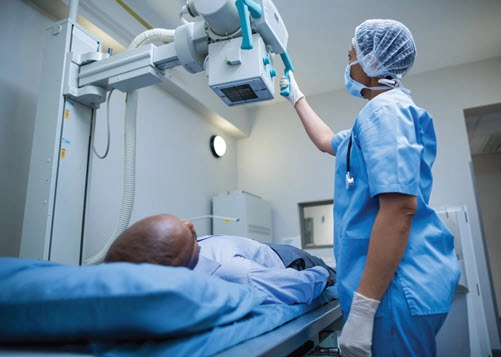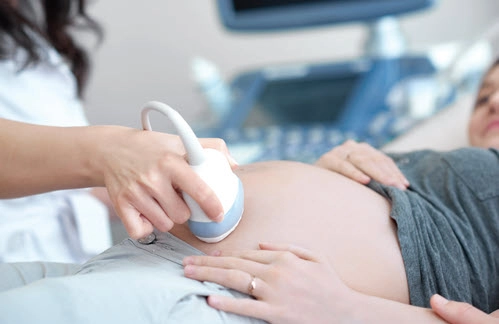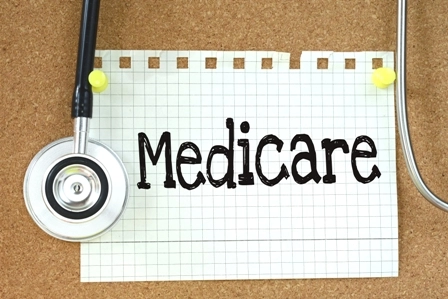Radiology Coding Alert
Refresh Your Knowledge of Technical or Professional Component Modifiers
Isolate the differences between the 26 and TC modifiers.
While described by a single code, most diagnostic radiology services and procedures feature a professional component and a technical component that make up the entire service. If your provider performs only a portion of the procedure, then you need to know how to append the appropriate CPT® code with the correct modifier.
Read on to understand when you should append 26 (Professional Component) or TC (Technical component) to your radiology procedure codes.

Break Down Professional and Technical Components
Modifiers 26 and TC are referred to as the professional component and the technical component, respectively. “The combination of these two components represents the entire service for a given provider who owns the equipment to perform the radiological service and interprets the results,” says Melanie Witt, RN, MA, an ob-gyn coding expert based in Guadalupita, New Mexico. However, you will only append your CPT® code with either modifier when the billing provider doesn’t furnish one of the components.
TC is a HCPCS Level II Modifier, which covers the provision of all equipment, supplies, personnel, and costs related to performing the procedure. When the technical component is reported, the fees are typically reimbursed to the practice or facility that uses or pays for the equipment, supplies, or staff.
According to the HCPCS Level II code set, a provider “commonly appends this modifier to procedures such as injection administration, laboratory, radiology, surgery, and radiation therapy.”
Hospital exemption: Usually, since most payers assume the hospital is billing for the technical component portion of any onsite service, most hospitals are exempt from appending TC to services. However, you should still consult your individual payer’s preferences for specific coding instructions.
The professional component is defined as a physician’s service. This component will usually include technician supervision, interpretation of the results, and a written report. You may append modifier 26 when the following conditions occur:
- Reporting a separate, distinct, written, and signed physician’s interpretation of the test
- When the provider uses equipment owned by a hospital or facility
Simultaneously, there are several conditions where appending modifier 26 is inappropriate. You cannot append modifier 26 to evaluation and management (E/M) or anesthesia codes, professional component-only codes, global test-only codes, or when another physician re-reads the results of an interpretation provided.
Tip: The professional component sometimes can be abbreviated as PC, but there is a modifier with those exact characters that identifies something completely different. Modifier PC (Wrong surgery or other invasive procedure on patient) is used to identify when a provider performs an incorrect procedure on a patient.
Know When to Separate the Components of a Procedure
Knowing the difference between billing globally and separating the procedure code into technical and professional components is important to avoiding denials and receiving proper reimbursement.
What is a global service? A global service is a service that includes both the professional and technical components in one service. You’d report a single CPT® code without TC or 26 modifiers, and the provider will receive reimbursement for the equipment, supplies, technical support, interpreting the results, and providing their report. If the provider provides both components, or the procedure code isn’t technical component- or professional component-specific, you won’t use either modifier; you’ll just assign the code.
For Medicare payers, you can pinpoint codes with separate technical and professional components by consulting the Medicare Physician Fee Schedule Database on the Centers for Medicare and Medicaid Services (CMS) website.
Using the database, you can check the Modifier column to see if your code has technical and professional components that can be reported separately. If a code features separate line items with modifiers 26 and TC, then you can report the procedure code’s professional and technical components separately. For example, 70140 (Radiologic examination, facial bones; less than 3 views) features separate line items with 26 and TC listed in the Modifier column, which means you can separately report the professional and technical components for 70140 if different providers perform them.
On the other hand, if the code doesn’t list separate values for the modifiers, then you may not append 26 or TC with that specific code under any circumstances. For example, 99211 (Office or other outpatient visit for the evaluation and management of an established patient that may not require the presence of a physician or other qualified health care professional) doesn’t have 26 or TC listed in the Modifier column, making it inappropriate to append the E/M code with the modifiers.
Coding a second opinion: You shouldn’t append a second instance of modifier 26 if a provider has already interpreted the results of a radiologic exam and the results need to be read again. “Modifier 26 is not used when a provider does a re-read of an X-ray or an ultrasound (US) already interpreted by another provider who has billed for it. In that case, the re-read becomes a medical decision making (MDM) element for an E/M service,” Witt says.

Understand How to Report these Ultrasound Scenarios
Scenario 1: A pregnant patient presents to an ob-gyn office for a US during her first trimester. The office owns the US machine, and a physician in the office performs the interpretation.
In this scenario, the office owns the equipment and a physician employed by the practice performs the interpretation. You don’t need to append a modifier to 76801 (Ultrasound, pregnant uterus, real time with image documentation, fetal and maternal evaluation, first trimester (< 14 weeks 0 days), transabdominal approach; single or first gestation) since all components of the procedure are performed within the same office.
Scenario 2: A patient pregnant in her second trimester visits an outpatient facility to receive a US. After the procedure, the results are sent to the patient’s ob-gyn practice for interpretation.
For this scenario, both the outpatient facility and the ob-gyn practice will report 76805 (Ultrasound, pregnant uterus, real time with image documentation, fetal and maternal evaluation, after first trimester (> or = 14 weeks 0 days), transabdominal approach; single or first gestation), but each provider will append a different modifier to the code. The outpatient facility, which performed the US, will append TC to 76805, whereas the ob-gyn practice will append 26 to 76805 since a provider in the office interpreted the results.
Related Articles
Radiology Coding Alert
- Case Study:
Study Up to Code This Report of Spondylosis With Stenosis
Find out if 72149 covers the S1 region. Lower back pain can be, well, a [...] - CPT® Coding:
Here’s How to Identify the Correct CTA Code for Abdominal Scans
Remember that contrast injection is included with CTAs. You may have computed tomography (CT) coding [...] - Modifiers 101:
Refresh Your Knowledge of Technical or Professional Component Modifiers
Isolate the differences between the 26 and TC modifiers. While described by a single code, [...] - You Be the Coder:
Land the Trick of Coding This Skateboarding Injury
Question: A 52-year-old patient arrived at our emergency department (ED) with severe left leg pain. [...] - Reader Questions:
How Many Codes Are Needed for 3-Finger X-rays?
Question: Our radiologist captured posteroanterior (PA) and oblique X-ray views of a patient’s right third, fourth, [...] - Reader Questions:
Master MRI Coding of a Brachial Plexus Injury
Question: A 24-year-old patient with a history of playing football presented to our radiology practice for [...] - Reader Questions:
Add Different Lateral X-ray Views to the Total
Question: A patient presented to our radiology practice with low back pain. The patient’s primary care [...]




